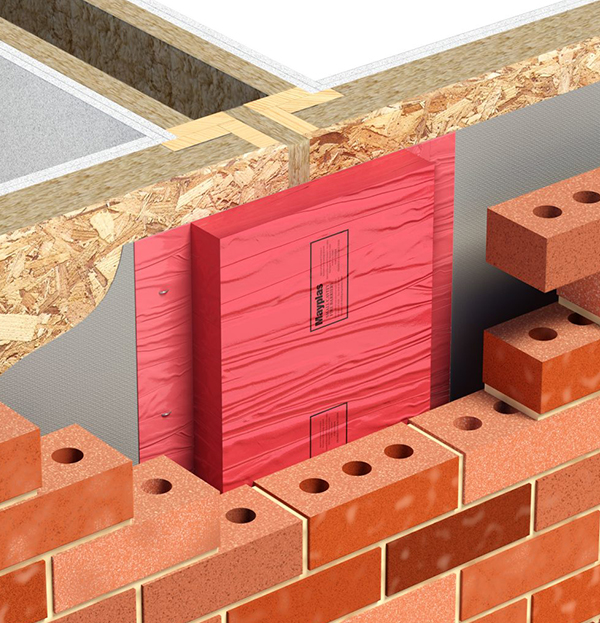
Protecting your home from potential fire hazards is a crucial aspect of home safety. One important component of fire safety in residential buildings is the use of party wall fire barriers. These barriers play a critical role in preventing the spread of fire between adjoining properties, helping to contain the fire and protect both your home and your neighbors' homes in the event of a fire.
Party wall fire barriers are a type of fire-resistant wall that is designed to extend from the foundations of a building all the way to the roof. They are typically made of fire-resistant materials such as gypsum board, concrete, or masonry, and are specifically designed to prevent the spread of fire through the walls that separate adjacent properties. By creating a barrier between properties, party wall fire barriers help to slow down the spread of fire, giving occupants more time to evacuate safely and reducing the potential for extensive damage to neighboring properties.
One common misconception about party wall fire barriers is that they are only necessary in multi-unit residential buildings such as apartments or condominiums. However, party wall fire barriers are also important in single-family homes that are attached to neighboring properties. In fact, many building codes and fire safety regulations require the installation of party wall fire barriers in all types of residential buildings where properties are connected.
When it comes to protecting your home with party wall fire barriers, it is important to understand the different types of barriers that are available and how they work. There are two main types of party wall fire barriers: solid and ventilated. Solid party wall fire barriers are made of solid materials such as gypsum board or concrete and are designed to completely block the spread of fire through the wall. Ventilated party wall fire barriers, on the other hand, have small openings or gaps that allow for the passage of air while still providing a barrier against the spread of fire.
Both types of party wall fire barriers have their own advantages and disadvantages, and the choice between them will depend on factors such as the specific building design, local building codes, and fire safety requirements. In some cases, a combination of solid and ventilated party wall fire barriers may be used to provide the best possible protection against fire spread.
It is important to work with a qualified fire safety professional or contractor to ensure that your home is properly protected with party wall fire barriers. These professionals will be able to assess your home's specific fire risk and recommend the best type of party wall fire barrier for your property. They will also be able to ensure that the barriers are installed correctly and meet all relevant building codes and regulations.
In addition to installing party wall fire barriers, there are other steps that you can take to further protect your home from fire hazards. These include installing smoke alarms on every level of your home, keeping flammable materials stored safely away from heat sources, and having a fire escape plan in place for your family. By taking a proactive approach to fire safety, you can help to protect your home and your loved ones from the devastating effects of a fire.
In conclusion, party wall fire barriers play a crucial role in protecting your home from the spread of fire between neighboring properties. By understanding the different types of barriers available and working with a qualified professional to install them correctly, you can help to ensure that your home is as safe as possible in the event of a fire. Remember, when it comes to fire safety, it is always better to be proactive and prepared. Protecting your home with party wall fire barriers is an important step in safeguarding your property and your family's wellbeing.